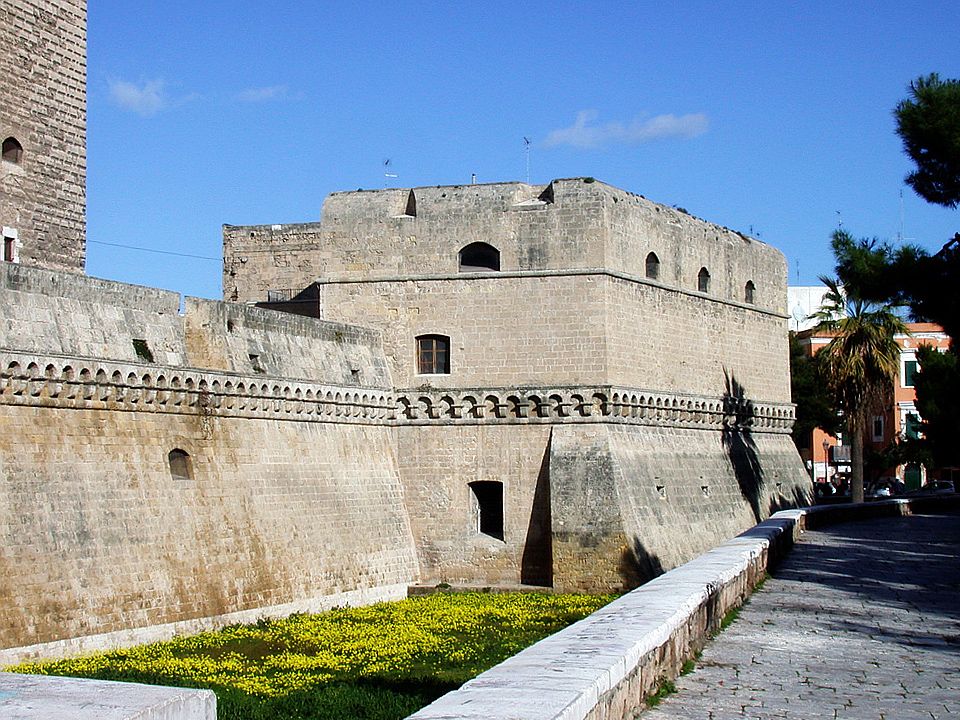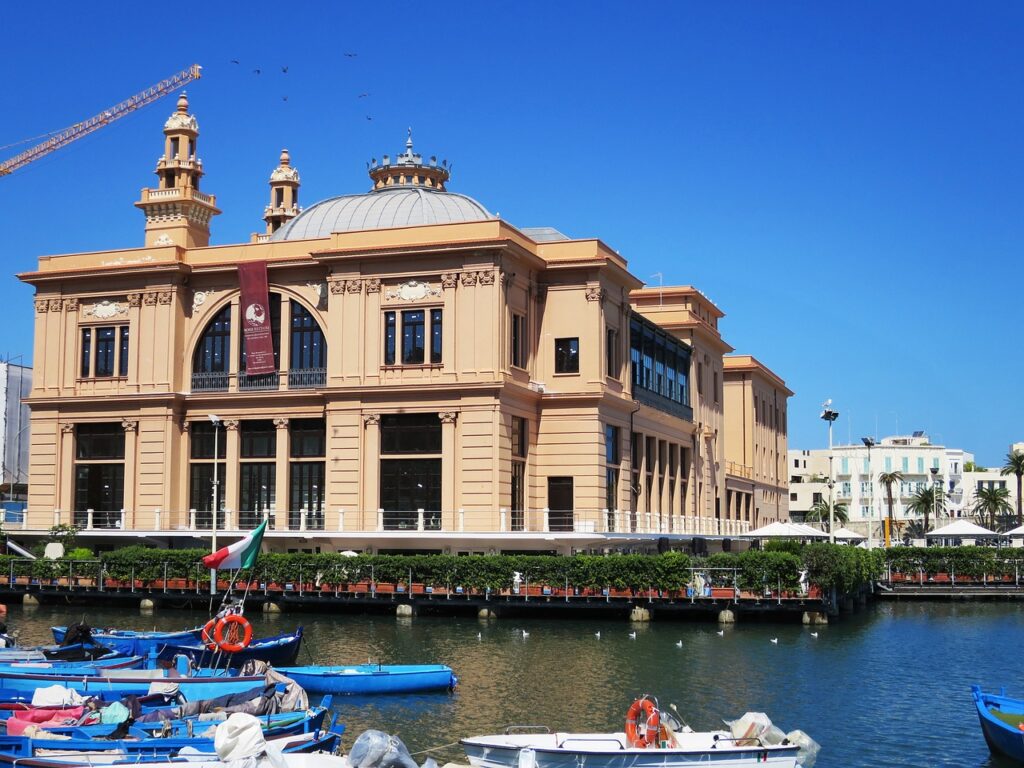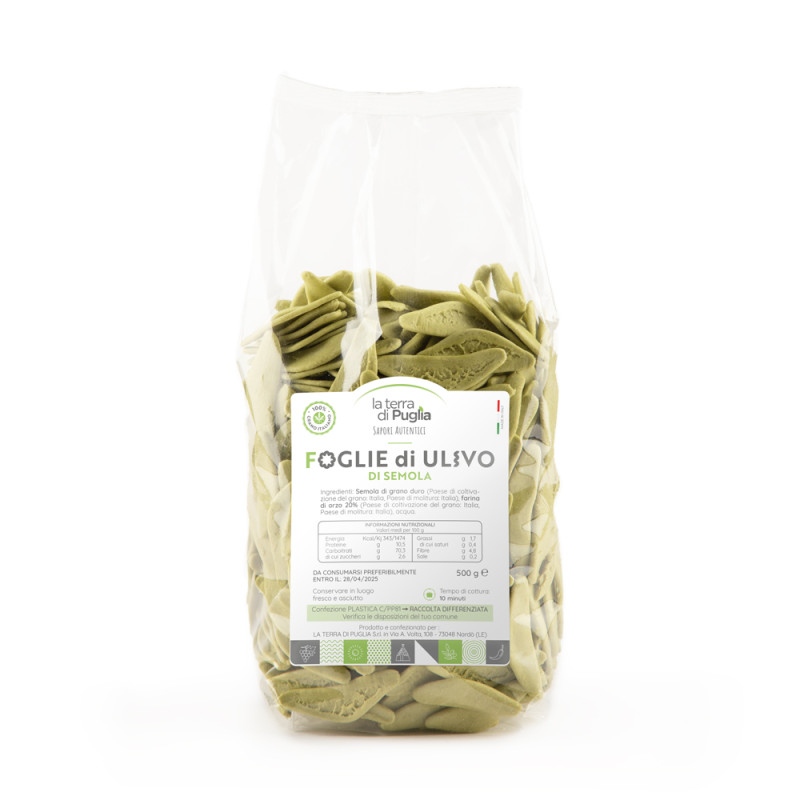continue from English Guide
Apulia welcomes and greets you with its bright sun, its transparent sea, the fragrance of its fields and the lights of its urban centres.In this Southern Region, stretched out in the south-east tip of the Italian peninsula (known as the heel), it feels like you are on a balcony overlooking the Mediterranean and its surrounding countries: historically linked to the rest of Europe. Let yourself be inspired by the fantasy of those who travel in the region from the Mediterranean shores.

Apulia! One must visit it all: from the mysterious grottoes of the Gargano, through the sunny fields of the Tavoliere and the pasture of the Western Murgia hills, through olive groves and the inebriated vineyards, touching the almond and cherry trees, and reaching the Salento region embraced by the Adriatic and Ionian seas.
This is a friendly and hospitable land. Invaders have tried to conquer it: some landed searching to be greeted; many landed peacefully; others decided to settled , attracted by the ideal climate and the charm of its people. Over the centuries Dauni, Peuceti, Messapians, Greeks, Roman, Ostrogoths, Byzantine, Saracens, Normans, Swabians, French, Spaniards and other people learned that the people of Apulia incarnate the fullness of humanity. Living and working alongside the natives, they soon felt right at home.

Prodotti correlati Shop Laterradipuglia
Everywhere in Apulia visitors encounter traces of culture and civilization. Through the ruggedness of the Gargano (the Promontory made famous in the world by the blessed Father Pio in S. Giovanni Rotondo), it greets us to the Basilica of St. Michael the Archangel, concealed on the top of Mount Sant’Angelo. From here we see the vast plain of the Tavoliere (the “breadbasket” of Italy) and the Adriatic coast towards Barletta, with its castle built by Frederick II and the site of the famous “Challenge” (Disfida) of the 1503. Just further south there is the enchanting Cathedral of Trani, the pearl of the Adriatic, that transcends the fusion of land and sea, light and sky, sanctity and adventure, humanity and divinity in which they intermix and live spontaneously.
You cannot travel further south-east without heading towards the Murgia hills, near Andria, where the “crown jewel” of Frederick II stands: Castel del Monte, declared by UNESCO as one of the world’s heritage sites. And then the marvelous Apulian-Romanesque Cathedrals of Ruvo, Bitonto, Bitetto e Bari.
Moving along south-easterly of the province of Bari, in that spectacular landscape rich with artistic, historical and cultural heritage, you can start seeing the beauty of Conversano with its fascinating medieval centre, the Swabian castle, the Cathedral, the St. Benedict Abbey, the convent of Saint Maria of the Island, the fabulous Baroque Church of St. Cosma, the art gallery… From here we reach the magic world of the grottoes of Castellana and continue right in the fairy-tale land of the Trulli of Alberobello, crossing towns like Locorotondo and Cisternino in the heart of the Itria Valley, you then dip in the Salentine region of Brindisi, Taranto and Lecce. Here the landscape, prevailed by the penetration of the bright sun, and where the Baroque architecture (Lecce is considered the “Florence of the South”) is nurtured with light and warmth.
Speaking of nutrition, another feature of Apulia is the art of cooking and how well its people eat. Ask anyone who has already tried it. He/she will tell you that Apulia is known for its art and culture of eating well and healthy.
The scent of the land and the sea boasts in those recipes that only in the Apulian cuisine are expressed in all its delicacies. The Gargano and the Murgia bread, the hard wheat pastas, the local grown vegetables, grapes and cherries, the extra virgin olive oil and almond sweets. Recipies like: fava beans and dandelions, orecchiette with rapini, orecchiette with fresh tomato sauce and ricotta cheese, cavatelli with arugula, sea food, sea urchins, linguine with clams, grilled fish, horse meat “brasciole”, lamb “torcinelli”, eggplant parmesan, roasted peppers, zucchini “alla poverella”, mozzarella cheese, “burrate”, “caciocavalli”… and, naturally, Apulian wine of excellent quality.
















